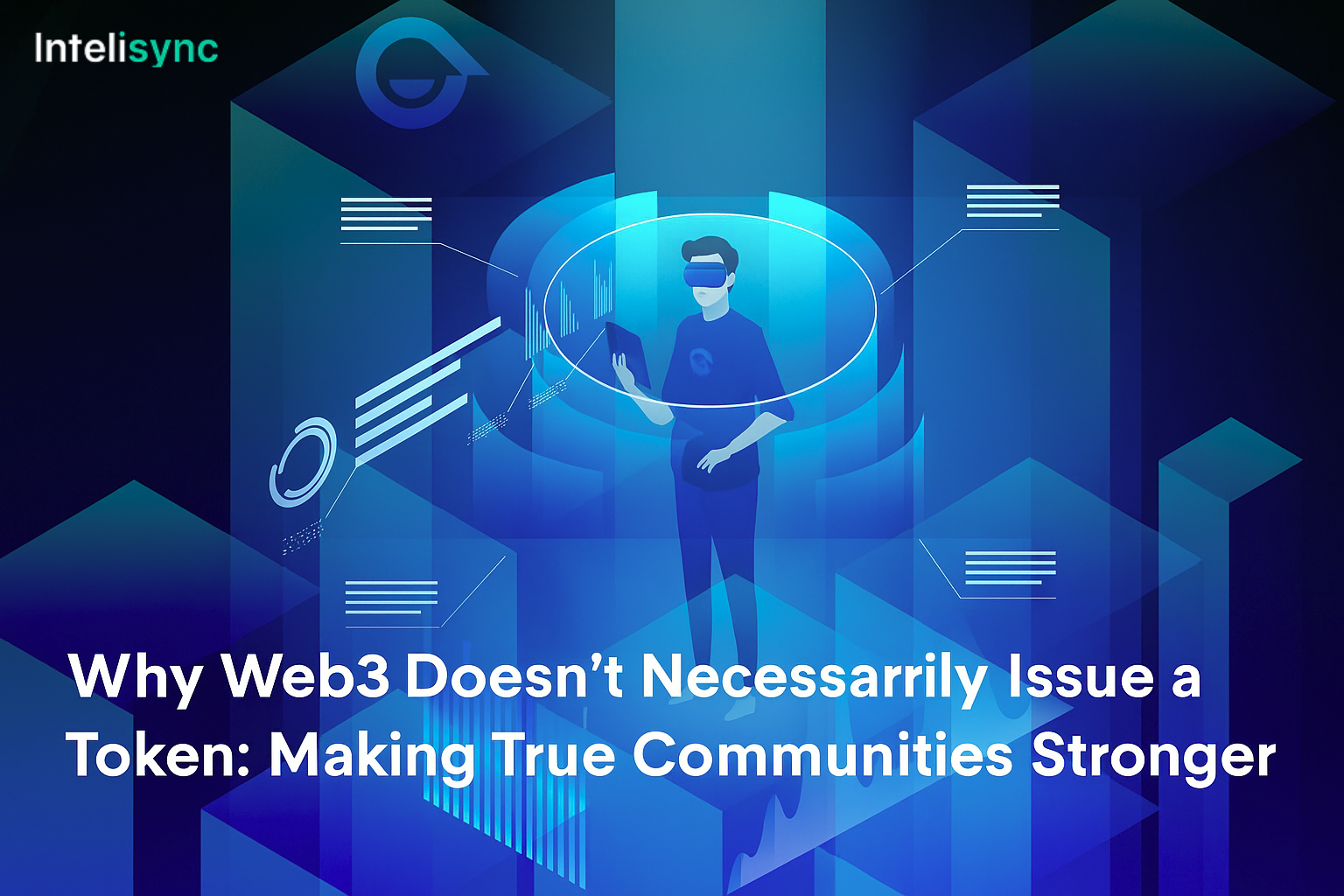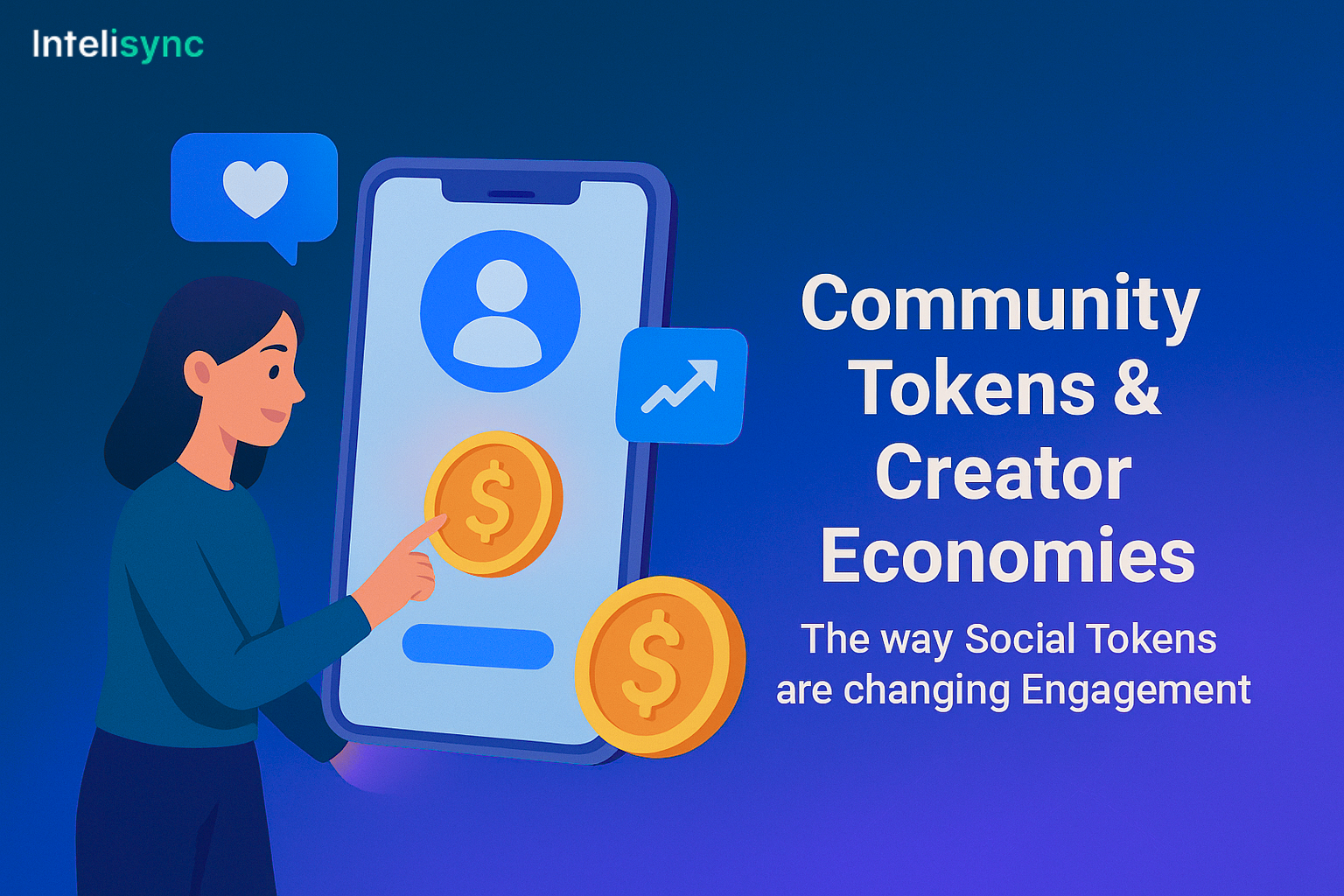Introduction: The Web3 Fragmentation Problem
Web3 is growing at an incredibly fast rates with thousands of blockchains, protocols, and decentralized applications. But this innovation is also splintering. Ethereum, Solana, Polygon, Avalanche and many others operate in silos. Assets cannot be freely moved from one network to the other and neither can users or data.
Here is where cross-chain interoperability becomes imperative. Interoperability Here we’ll focus on the importance of allowing blockchains to communicate and interact with one another so as to form a unified Web3 environment that is both scalable, secure and accessible.
What is Cross-Chain Interoperability?
Cross-chain interoperability enables blockchains to exchange data, assets and value seamlessly. Interlinked blockchains can do more than just stand alone:
- Move tokens and NFTs across blockchains.
- Execute smart contracts across ecosystems.
- Share liquidity across DeFi protocols.
- Let users interoperate on different dApps with a single wallet.
Ultimately, the aim is to make Web3 function more like the internet a network of networks through which data moves freely.
Why Interoperability Matters in Web3
User Experience
Most people, regardless of which chain they’re on, don’t care — they want frictionless, cheap and easy access. Interoperability delivers that.
DeFi Liquidity
Fragmentation of liquidity between chains is a growth barrier. Cross-chain bridges aggregate pools, which means better capital efficiency.
Scalability
Instead of a single chain processing every transaction, different chains can divide the load in a loosely-coupled manner.
Adoption
If assets and data can flow effortlessly between ecosystems, enterprises and institutions are more likely to come along for the ride.Why it matters: An open, interoperable metaverse will be a larger metaverse.
Approaches to Cross-Chain Interoperability
Bridges
Bridges facilitate the transfer of tokens or assets across chains. Example: Wrapped ETH on Polygon.
Pros: Straightforward, widely used.
Cons: At risk to hacks if not properly secured.
Interoperability Protocols
Protocols such as Polkadot, Cosmos and LayerZero are infrastructure that enables many different blockchains to be linked.
Pros: Native interoperability across chains.
Cons: Configuration and governance models are complex.
Sidechains & Rollups
Sidechains and rollups work in tandem with the bigger blockchains but keep open lines of communication.
Pros: Scalability and efficiency.
Cons: Security relies on the main chain.
Atomic Swaps
P2P swaping assets across chains with smart keyboard.
Pros: Trustless and decentralized.
Cons: It has less utility than bridges and protocols.
Challenges of Cross-Chain Interoperability
- Security Risks: Bridges have been and will be targets of hacks, the costs of which are in the billions of dollars.
- Standardization Problems Each chain may have the completely independent structure, which is hardly united standards for all.
- Diminishing Latency Exchange: The number of interacting chains to explore exposes the system to greater complexity.
- Regulation Cross-border and cross-chain transactions present regulatory complications.
Intelisync’s Role in Cross-Chain Innovation
Their Web3, our WalletAs interoperability becomes a must-have in the world of businesses embracing Web3. This is where Intelisync, a Web3 development and marketing agency, comes in.
Intelisync provides:
- Dedicated (project specific) cross-chain bridges.
- Integrate with cross-chain protocols (Polkadot, Cosmos, LayerZero).
- DeFi and NFT marketplaces that work fluidly across chains.
- Runs with thoroughly audited smart contracts Developed securely first.
By facilitating enterprise and startup interconnection, Intelisync speeds up the move towards a Web3 world.
Real-World Applications of Cross-Chain Interoperability
DeFi Aggregators
Pools which combine liquidity from Ethereum, BNB Chain, Polygon or any other suitable platform to get the best trading rates available.
NFT Marketplaces
NFTs that can travel between Solana and Ethereum, broadening both its reach for creators and buyers.
Metaverse Economies
Cross-Metaverse Assets usable in multiple metaverses, to power cross platform Avatars, Land & collectibles.
Enterprise Blockchain
Companies integrating private blockchains with public chains in order to achieve transparency at supply chain level.
cross-Border Payments
crypto remittances that travel across chains instantly.
Security Considerations for Interoperability
For and mainstream, security of cross-chain systems should always be guaranteed by:
- Multi-sig and MPC wallets to manage the bridge.
- Zero-knowledge proofs for trustless validation.
- Regular audits of interoperability protocols.
- Insurance on-chain against exploits.
The Future of Cross-Chain Interoperability
Universal Standards
This means that certain systems will become standardized globally archieces such as the IBC (Inter-Blockchain Communication) framework.
Composable Web3 Applications
Developers will create applications that run seamlessly across chains and users won’t even notice.
AI-Driven Interoperability
Cross-chain routing will also be AI-optimized for safety and efficiency.
Institutional Integration
Banks and fintech platforms will depend on cross-chain rails to interconnect CBDCs, stablecoins and crypto.
Mass Adoption of Superchains
Systems like Superchain built by Optimisn will dissolve the lines between chains, with interoperability being the natural state of things.
Conclusion: Toward a Unified Web3
The potential of Web3 is a distributed, ambitious internet of value. But that vision is broken without interoperability.
It’s a cross-chain operability, it’s inside for the glue to Web3…Web3 needs both scale and liquidity, from mainstream users.
With leaders like Intelisync at the helm of cross-chain development, the future is not “Web3 decentralized,” it’s “Web3 interconnected, whole and interoperable.






